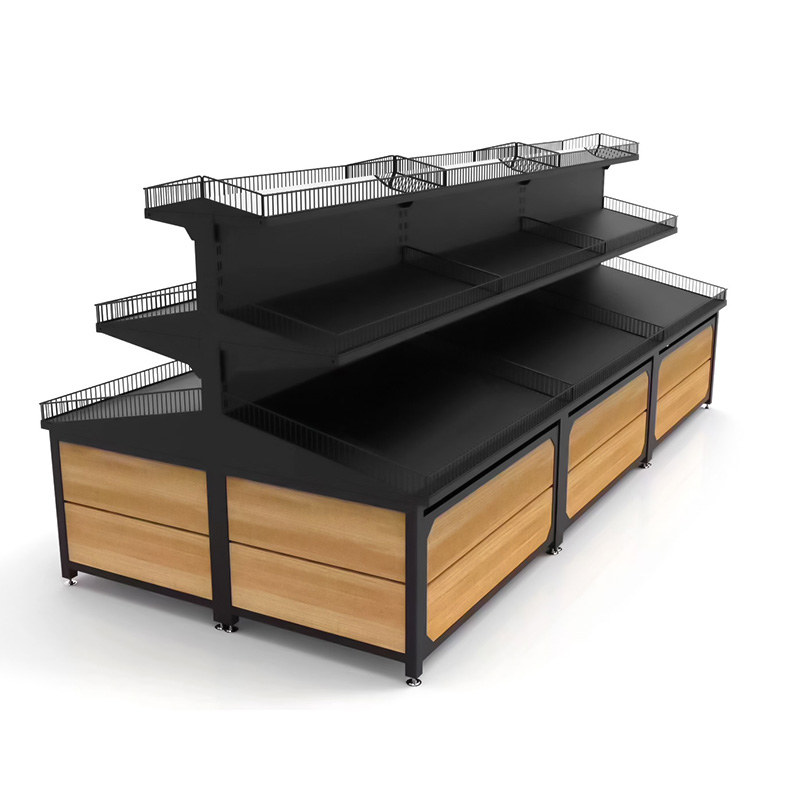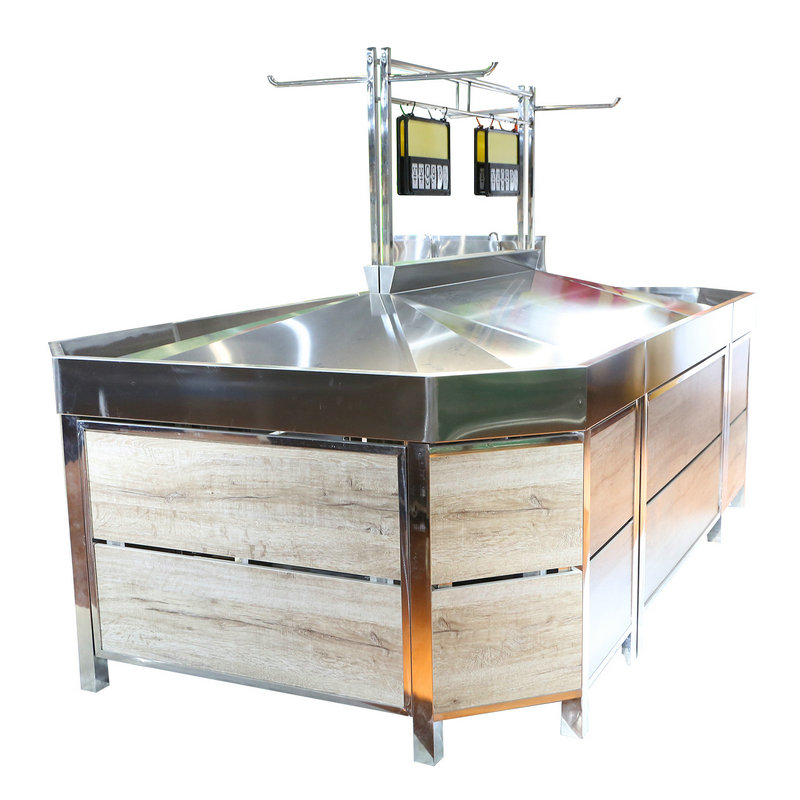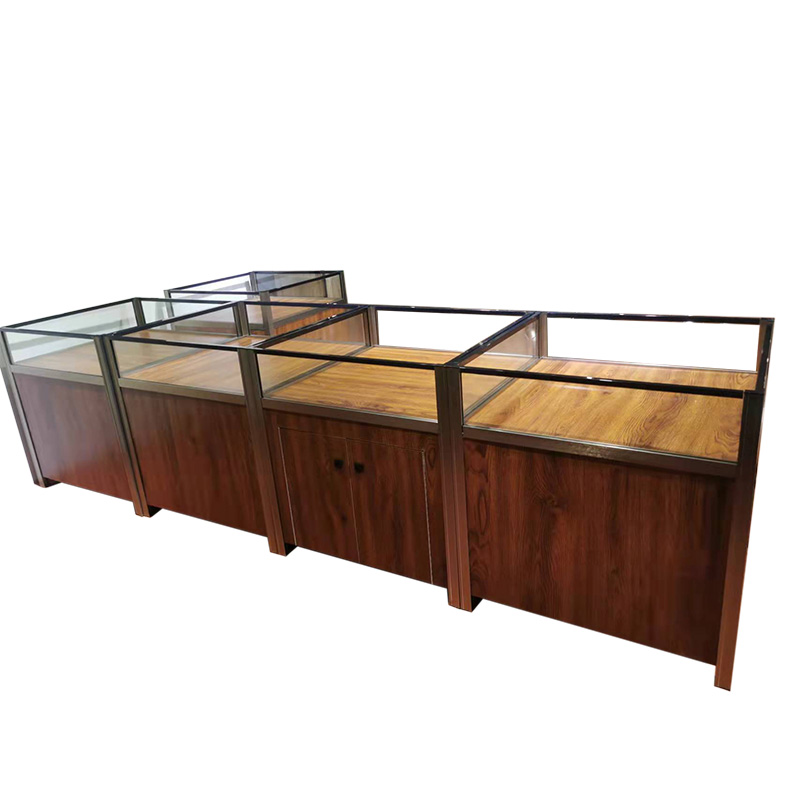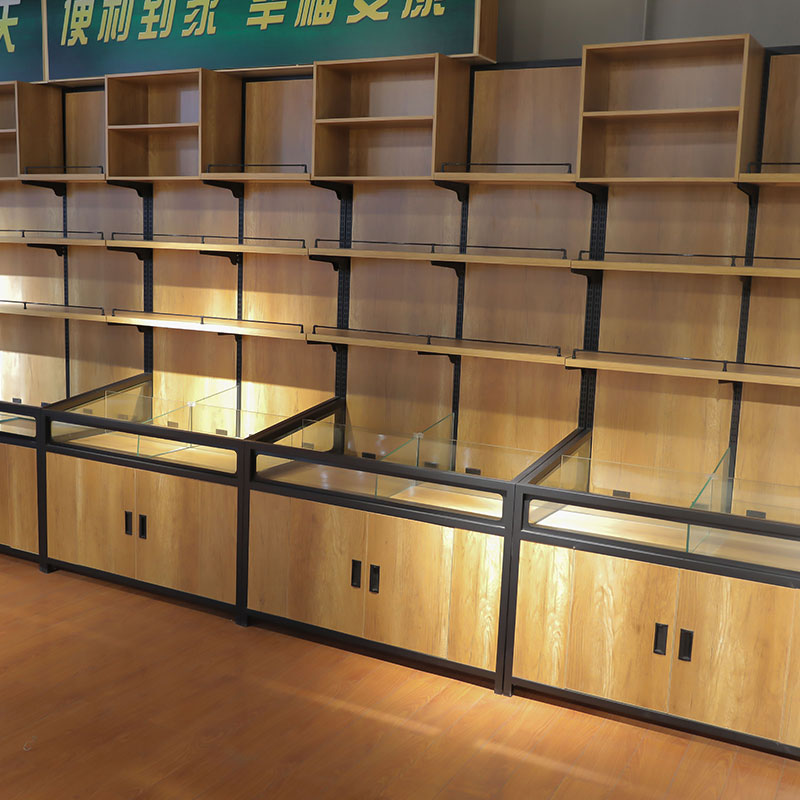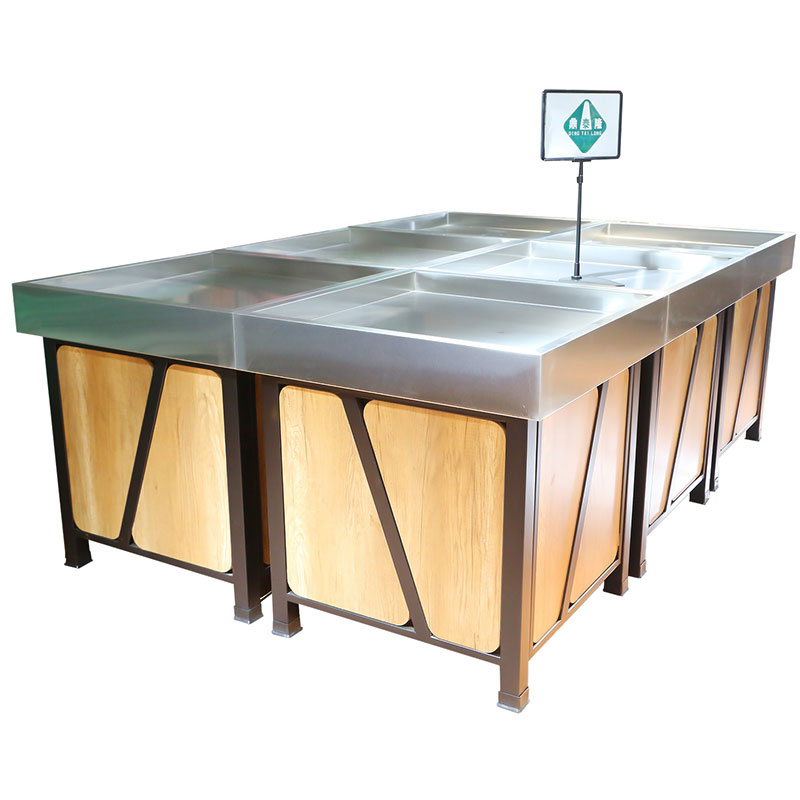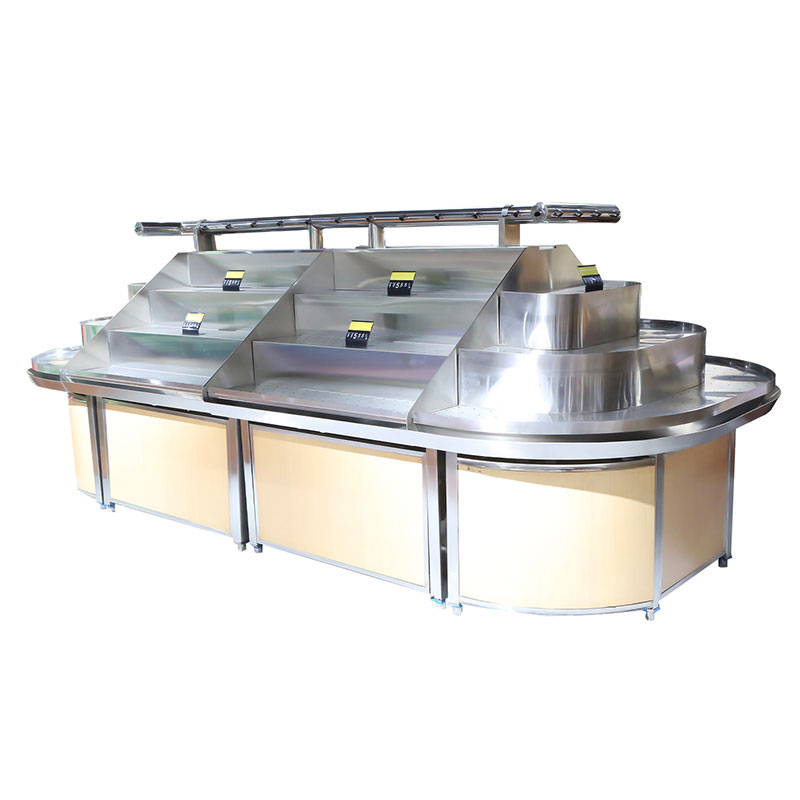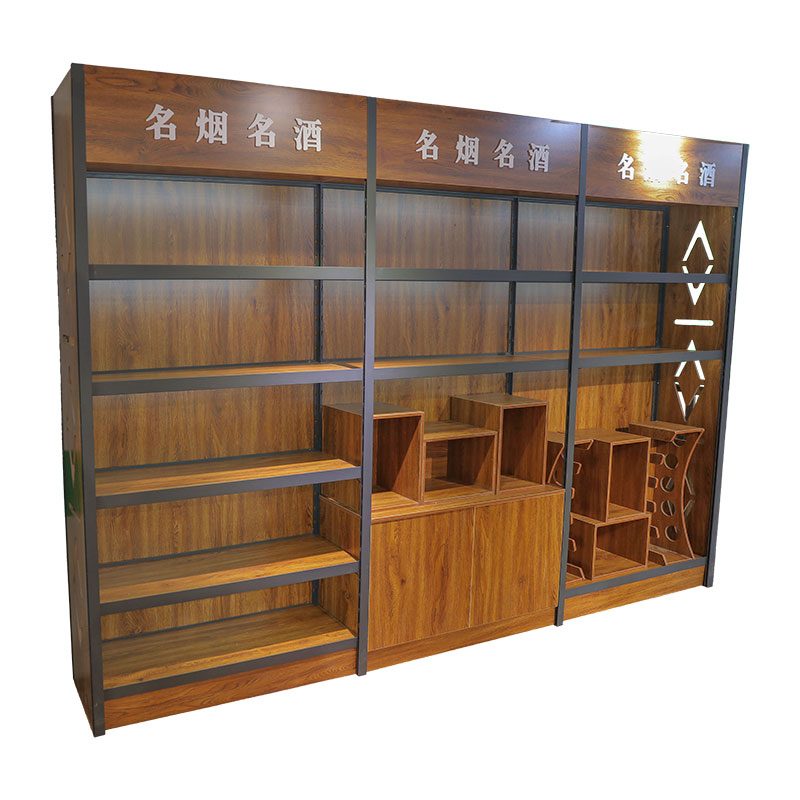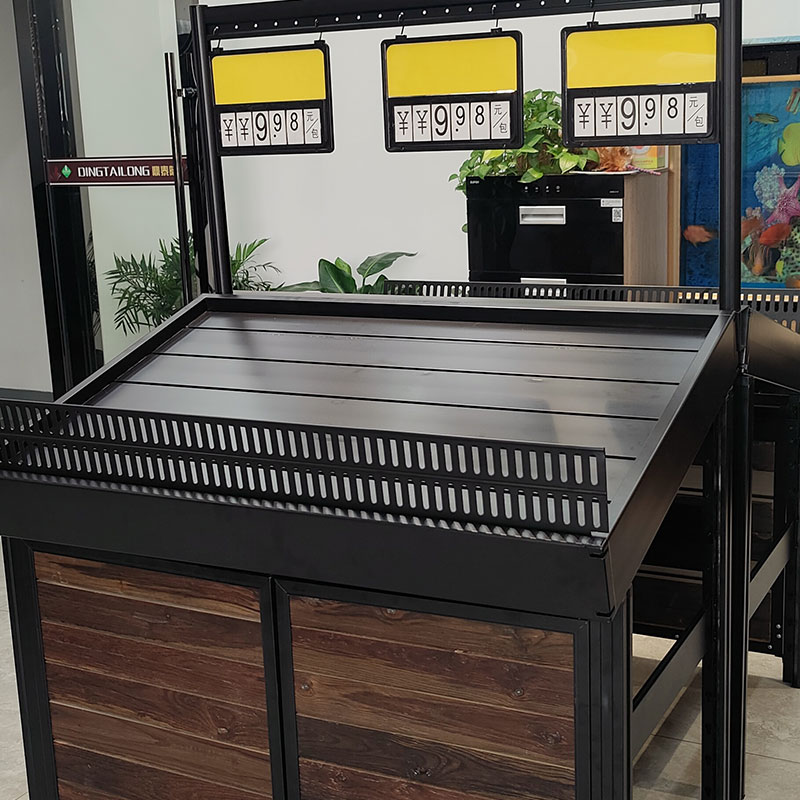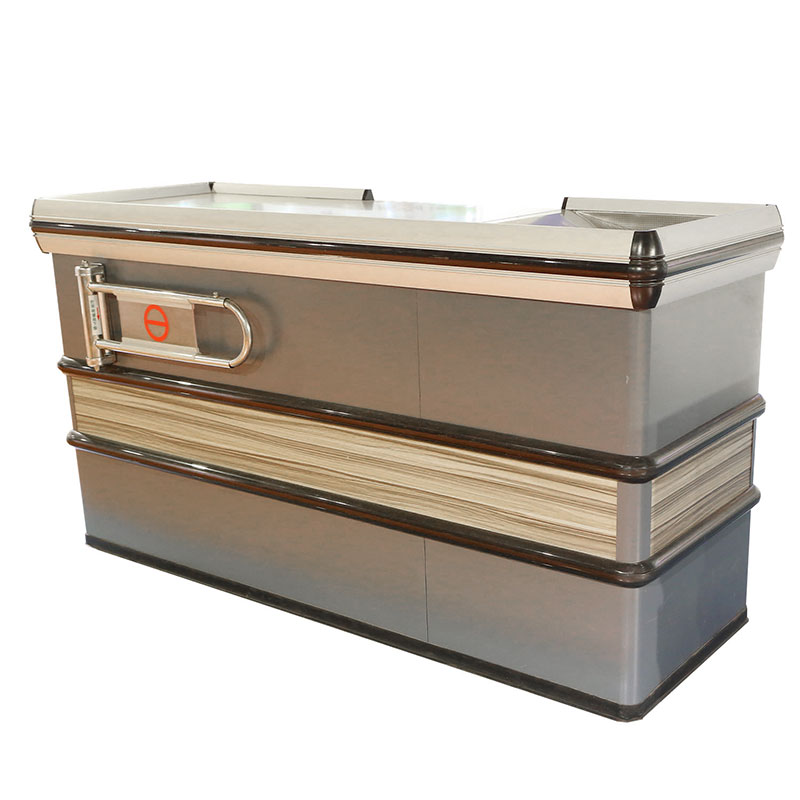What Is Supermarket Shelving?
Store shelving, also known as supermarket shelving, is a vital fixture in any supermarket. It is used to display goods, hold food, and serve as a checkout counter. It is often found in grocery stores and large shopping malls. Various types of accessories are available, including pegboards, dividers, and baskets. The material used to manufacture the shelves may vary. There are also colors and surface treatments available.
Typically, supermarket shelves are made of a thicker steel material. They are designed to have a reliable weight capacity. They can also be easily altered to accommodate different displays. They are often equipped with a flat base and notches for easy insertion of merchandise. They are available in a variety of colours, including white, cream, and a variety of other shades. They can be treated with surface treatments to provide a more attractive appearance. They can also be fitted with a backing panel.
In order to increase sales and maximize space, retailers are increasingly focused on fitting more product choices into smaller footprints. One study reveals that half of all grocery buying decisions are made at the shelf. That means retailers need to be able to accommodate new technologies and designs. It also means that shelving system design should include all of the necessary aspects of the goods to be displayed.
Manufacturers spend an estimated $300 million annually on shelf management. This includes products like electronic shelf labels. These strips can be positioned along a shelf to convey consumption moments and the benefits of particular products. They can also be customized with LEDs and printed visuals. This helps to orient shoppers.
Store shelving is often used in a wide range of industries, from cosmetics to hypermarkets. The classic store fixture is the WonderBar system. The system uses a shelf-to-tray substitution to maximize available space and reduce labor. This system can be a valuable addition to any retail location, from grocery stores to clothing stores to auto parts stores.
Merchandising techniques are also an important part of store shelving. They are used to promote the best selling brands. These are usually placed in the front and center of the shelf. These include regional brand products, small brand products, and gourmet brand products. Merchandising can help consumers make informed purchases, especially for deli and baked goods.
Merchandising is a set of techniques that retailers use to help boost sales and increase customer satisfaction. According to Bryan Stirle, president of Creative Store Solutions Inc. in Landover, Md., "Shelving is usually one of the last decisions store owners make. If it is not well-placed, it won't be effective." Whether or not retailers are choosing shelf management or other retail display supplies, the goal is to improve the buying experience for customers.
In addition to improving the buying experience, store shelving can also prevent vandalism and moisture. It is a great way to keep the display area neat. Additionally, it can help to avoid dust. These are the main reasons that make this fixture so essential to a grocery store.

 English
English русский
русский Deutsch
Deutsch Español
Español 中文
中文